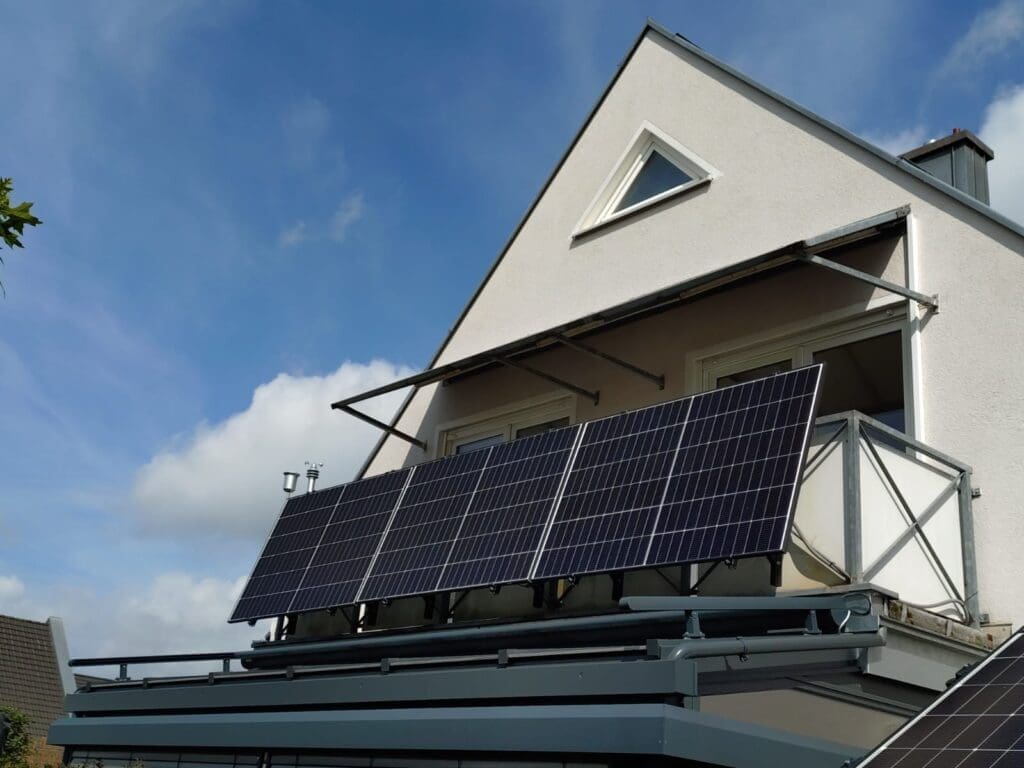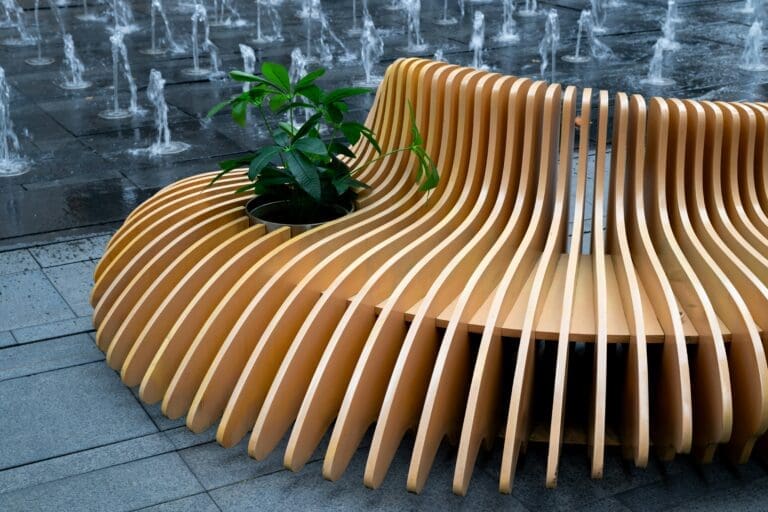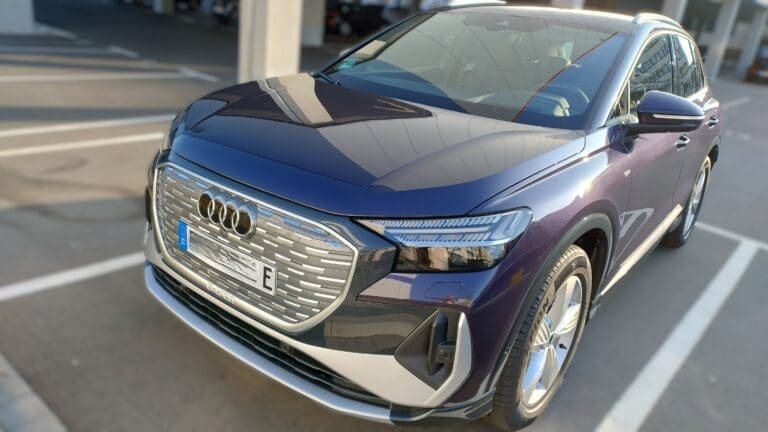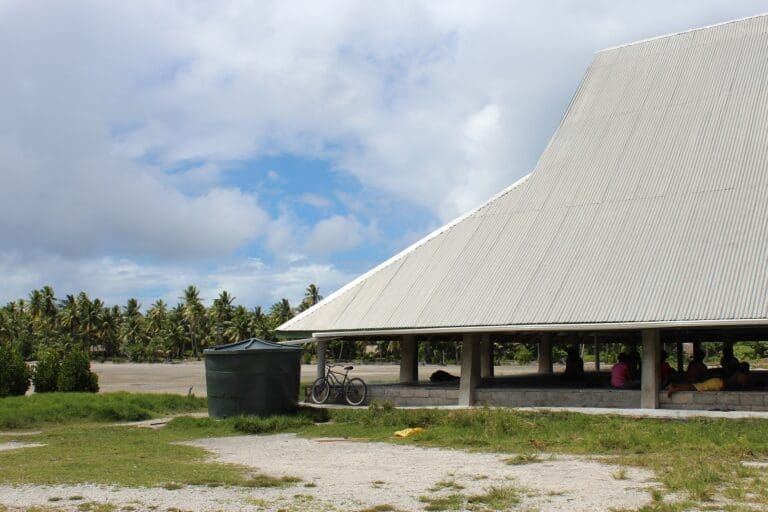You don’t necessarily need a big rooftop or a utility contract to join the solar transition—your balcony, terrace, courtyard, or garden is enough. Compact plug-in solar kits—known as Balkonkraftwerke in German—are democratizing access to renewable energy, one microgrid at a time.
In an age where climate urgency meets energy independence, these small photovoltaic (PV) systems make it easier than ever to go solar. They’re affordable, easy to install, and legally permitted in an increasing number of countries. Better yet, they empower people to become producers, not just consumers, of clean electricity and benefit from an autonomous electricity supply.
Let’s take a closer look at the rise of balcony solar power, its growing role in Europe’s energy transition, and how you can be part of this Solarpunk solution.
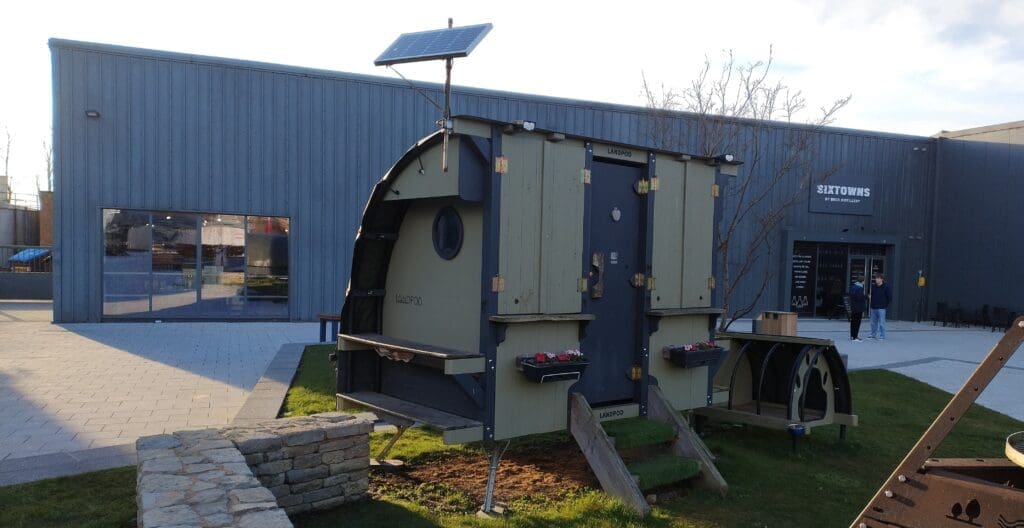
What Is Balcony Solar Power?
Plug-and-play balcony PV systems—compact solar systems designed for private use—are becoming an increasingly attractive entry point into renewable energy, not only because of their accessibility but also due to their rapidly decreasing costs. A complete setup kit, including photovoltaic panels (typically two panels with a total of up to 800 watts nominal power), an inverter and cables currently costs less than €250. You can buy them online, from DIY places or sometimes even supermarkets. Prices are steadily falling due to the mass production of photovoltaic cells and continued advancements in solar technology, significantly reducing production costs and increasing efficiency, resp.
These systems only require a Solarpunk mindset, DIY spirit and some muscle power to install them. With minimal effort, anyone with access to a balcony, small roof, terrace, courtyard or garden space can start producing clean, renewable energy right at home.
Power to the People
A plug-in solar system is more than just a clever way to shave some euros off the electricity bill—it represents a decentralized, grassroots energy movement.
While many government energy transitions focus on large-scale renewable projects, balcony solar systems empower individuals to take action directly. It’s Solarpunk in practice: decentralized, sustainable, and locally driven. It’s contagious when you see the neighbors setting up a system and it’s fun when you do it yourself!
Although balcony solar systems in Germany, for example, are currently exempt from feed-in tariffs, meaning you can’t sell surplus electricity back to the grid, you can use the electricity immediately or store it in a home battery, helping reduce your reliance on fossil fuels and centralized utilities even further.
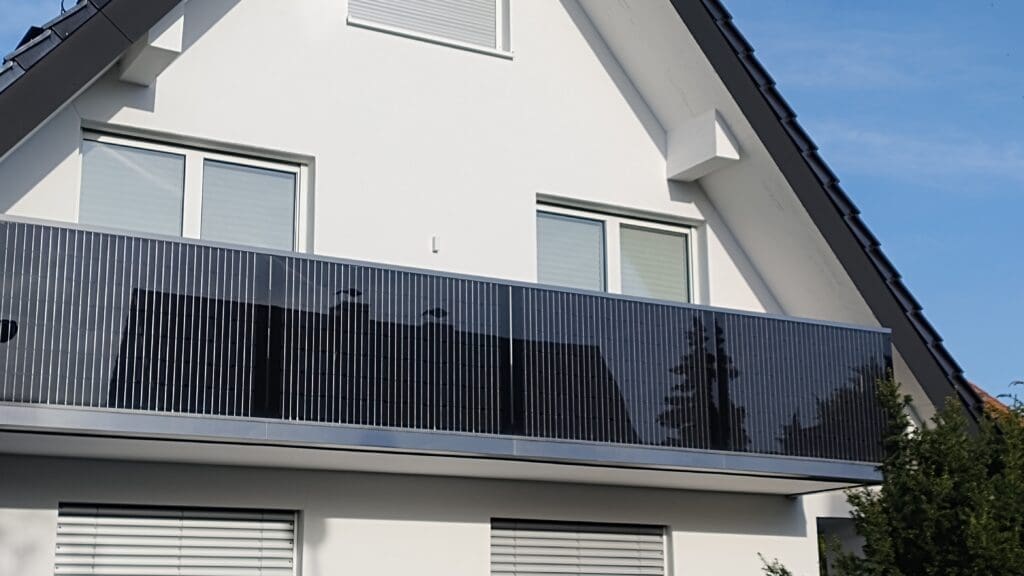
How Much Can You Really Power?
At home, many appliances—from consumer electronics to refrigerators and other Internet of Things (IoT) devices —run more or less continuously, drawing power around the clock.
On an average sunny day in northwestern Europe, an 800-watt balcony solar system can comfortably power a laptop plus screen, an ink printer, phone, WiFi router, TV set, small fridge and LED lighting at the same time, with energy to spare.
A Map of European Progress
The EU’s Network Code Requirements for Generators sets harmonised grid connection rules for systems of 800 WAC or more, leaving smaller systems outside its scope and subject to national rules. To address this, the 2024 New Electricity Directive (2024/1711) promotes the integration of plug-in solar systems up to 800 W into the EU electricity framework, supporting the right to energy sharing, streamlined installation, minimal bureaucracy, and reduced administrative and technical barriers, with the goal of accelerating local renewable adoption and enabling grid feed-in. Only Sweden and Hungary have not aligned with these provisions.
Across Europe, the momentum is building. While Germany is clearly leading with millions of “Balkonkraftwerke” in operation, they are also being adopted in the Netherlands, Austria, Belgium, Switzerland, Spain, Italy, Norway, Poland, Portugal, and France.
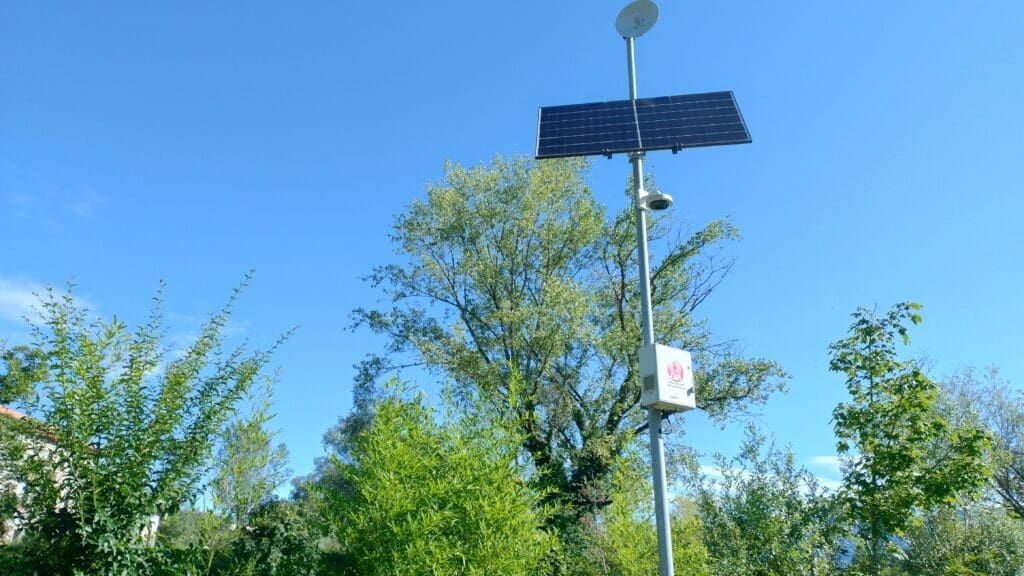
Germany: A Big Success Story
Balcony solar systems are a subset of Micro Solar systems, which are compact PV systems that are easy to install, require minimal infrastructure, and serve localized energy needs. They were dubbed “Balkonkraftwerke” (German for balcony power plants) due to their widespread use on German balconies, highly visible for neighbors and people passing by. A marketing no-brainer.
Germany’s embrace of renewable energy didn’t happen in a vacuum. It grew from decades of citizen activism and environmental vision. In the 1970s, the anti-nuclear movement gained momentum with the slogan “Atomkraft? Nein Danke” (“Nuclear power? No thanks”). After the Chernobyl disaster in 1986, public resistance to nuclear energy surged.
During this period, the political party The Greens was founded (in 1980). Their advocacy for sustainability and energy independence helped shape the Energiewende (energy transition) policy—a vision for a carbon-neutral, renewables-based future.
A key milestone was the Renewable Energy Sources Act (EEG) of 2000, which guaranteed fixed feed-in tariffs for clean energy producers and spurred massive solar and wind investment.
Germany’s commitment to a greener future was further reinforced by the Fukushima nuclear disaster in 2011, which served as a wake-up call across Europe. In its aftermath, the German government accelerated its decision to phase out all nuclear (fission) power plants, viewing the risks as incompatible with a sustainable and safe energy strategy. This pivotal moment validated the long-standing concerns of the German public and gave new urgency to the Energiewende. As nuclear capacity was retired, attention and investment shifted even more strongly toward renewable energy sources like solar and wind, solidifying Germany’s role as a global leader in the transition to decentralized, climate-friendly energy systems.
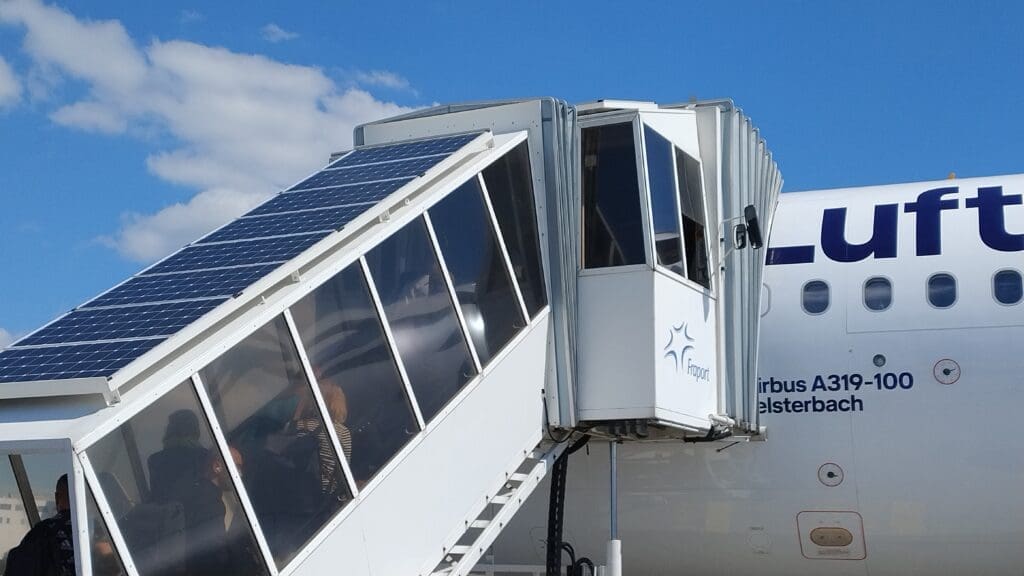
Balcony Solar Power Boom
By June 2025, Germany reported 1.03 million officially registered balcony PV systems, producing nearly 1 gigawatt in gross output. An estimated 1–2 million additional—albeit unregistered—systems are operational, too.
Ready to Get Started?
Get your own Balcony PV Solar System!
Here’s what to do:
- Verify your local regulations
- Measure your outdoor space and check for good sun exposure
- Choose a plug-in solar kit (typically 600–800 watts). It usually includes two solar panels, a DC-to-AC converter, cables. If need be, buy additional installation material.
- Install the panels, connect the converter and cables to the home grid socket according to the instructions and local policies. Start producing and using solar power immediately.
- If you’re struggling with the mechanical installation, you can simply lay the PV panels flat on the ground. This will reduce energy output, but the system will still produce electricity.
- Clean the panels from time to time
Optional: add a battery to store energy for later use—especially at night.
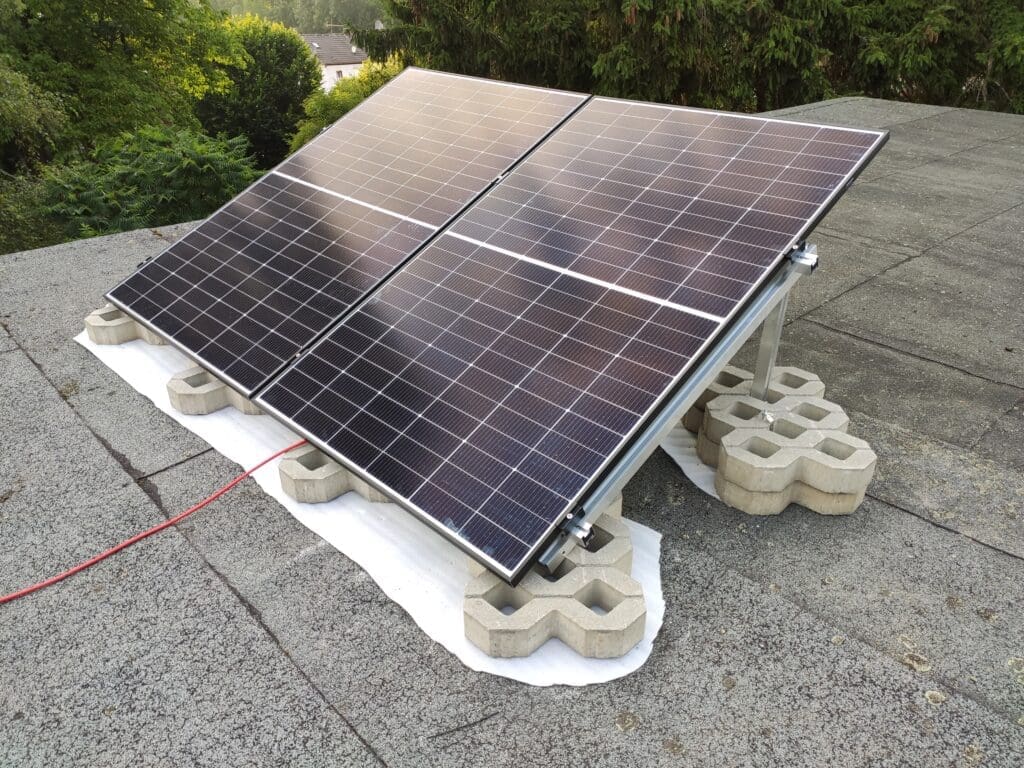
Join the Million-Person Movement
As of 2025, millions of people in Germany have installed their own balcony solar systems—and millions more across Europe are following suit. These systems are the incarnation of Solarpunk, proving that green energy is affordable, decentralized, autonomous, and right outside your window.
The future is sunny. Plug in!

